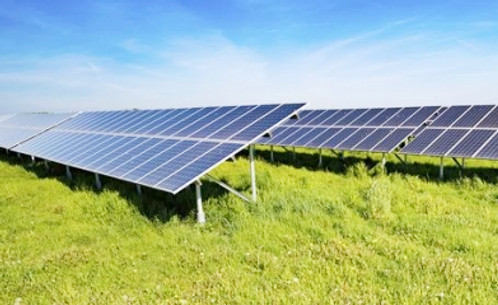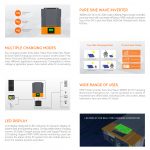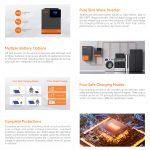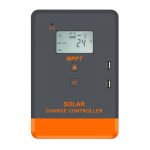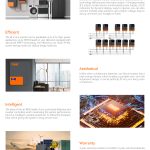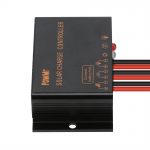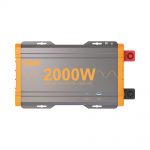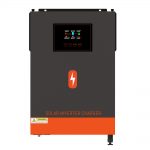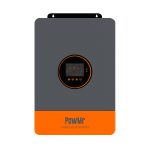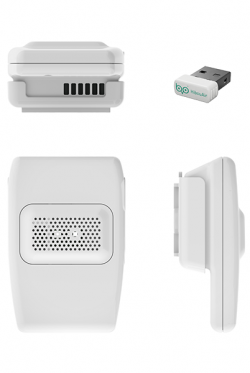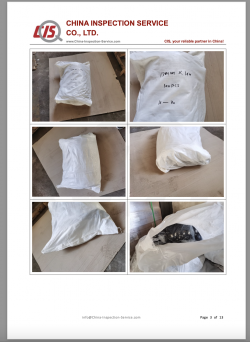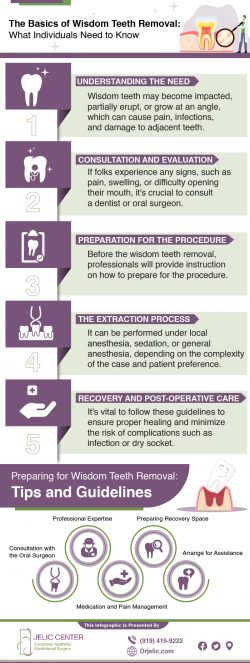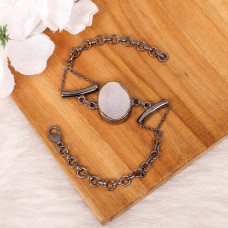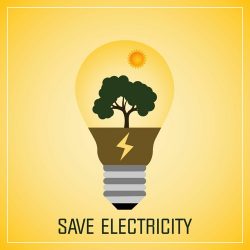Required power for optimal function
Pure sine wave inverter (also called true sine waves) are better suited for sensitive electrical or electronic products such as laptops, stereos, laser printers, certain professional applications such as medical equipment, pellet stoves with internal computers, digital clocks , manufacturers of breads with multi-stage timers and variable speed or charging tools (see Equipment Considerations below). They also have some wave parts that are not 60 Hz, which can make the clock run fast. Items such as toasters and dimmers may not work at all—in many cases, appliances that use electronic temperature control cannot be controlled.
Most commonly variable speed drills have only two speeds – on and off. Ampere is a measure of current current. (Amps are also not “amps per hour” or “amps per day”). Amps are important because it determines the wire size you need, especially on the DC (low voltage) side of the inverter. Grid-tied inverter. The term “grid-tied inverter” refers to an inverter that is connected to the grid. These inverters feed the grid with the corresponding phase and frequency. These inverters are programmed to shut down automatically when a lack of utility power is detected. AC drives can handle frequent starts and stops. After changing the rotation command, only a small current is needed to change the rotation direction.
The stand mixer can produce the correct output as the direction of rotation, and the number of revolutions can be controlled by a variable frequency drive. The AC drive is pre-programmed. Control power, communication lines, and motor leads for auxiliary equipment are wired at the factory. If you wish to use these items with an power inverter, choose a pure sine wave inverter. If you mainly want to run lights, TVs, microwave ovens, tools, etc., a modified sine wave inverter can meet your needs. Connect the “ferrite data line filter” to the TV power line. More than one filter may be required.
These are available at electronics stores including Radio Shack (Radio Shack part number 273-105). If you use a normal vehicle starter battery, they wear out after about a dozen charge/discharge cycles. If you do not have a deep cycle battery, we recommend that you run the vehicle’s engine while operating the power inverter. When operating the inverter with a deep cycle battery, start the engine every 30 to 60 minutes and let it run for 10 minutes to recharge the battery. MPPT vs PWM: Advantages and Disadvantages. MPPT and PWM Solar Charge Controller perform the same task in a solar system.
We’ve created a list with all the pros and cons of both technologies for your reference. Components of the natural environment such as solar radiation levels, ambient temperature and humidity are constantly changing. Therefore, the energy of the solar panel, which is generated and converted in a fixed manner, will not be sufficient to charge the battery. The process of accessing Zelio WiFi on a smartphone is also very simple and not much different from setting up any other mobile app. You also have the option to add up to 5 five people to access your Zelio WiFi data. Therefore, all family members can keep abreast of the backup power situation in the home. Today, voltage regulators have become a necessity in every home.
Voltage regulators ensure that household appliances get the power they need to function optimally. It’s an asset that better responds to voltage fluctuations to protect all the electronics in your home. Not having a voltage regulator at home can lead to overvoltage, which can lead to permanent damage to appliances and other problems, overheating, and reduced productivity. PWM solar charge controllers are also the most common, cost-effective and easiest to deploy solar charge controller technology.
Often incorrectly referred to as a DC-to-DC converter, this controller is actually a switch similar to a switching power supply, matching the source voltage to the load voltage. If you want more power on the go for less money, this is the one for you. It will help you get 20% to 30% of the energy from the solar panel for charging. Stop wasting your solar system’s energy when using a PWM solar charge controller to make the battery charge change by only 50%.
